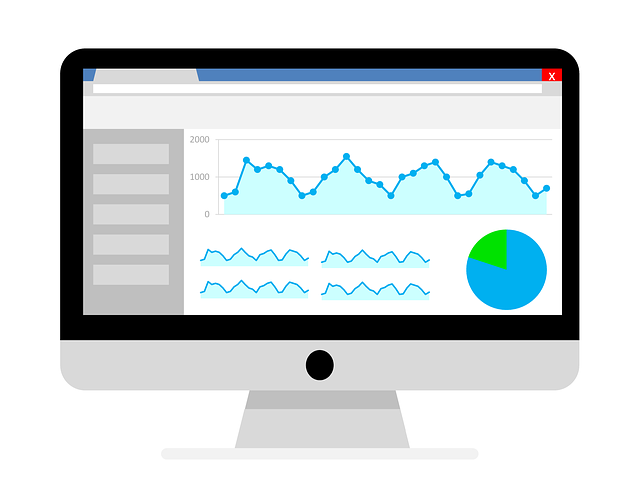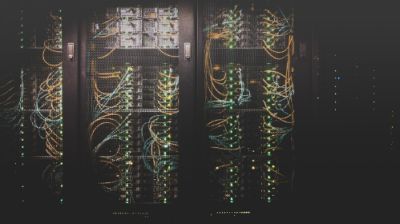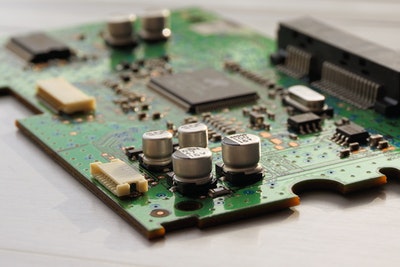5 Network Issues That Can Stop Your Business In Its Tracks

Once set up, businesses can hum along quite happily for many months without anything going seriously wrong. You have a business model that works, customers are happy, and your staff simply go about their usual tasks to make it happen.
For once, you’re able to sit back in your chair, casually read the news, and perhaps have a quick game of Angry Birds. Life’s good.
Then, somebody pops into your office to tell you that the network has gone down, and your entire operation is at risk. Disaster!
Unlike many hazards in business, though, IT downtime is an entirely avoidable problem. Almost always, you’ll find that basic oversights caused the issues you’re facing.
And that’s a shame. Remember, downtime is incredibly costly. Your staff can’t work, you lose data, you could face legal action, and you can’t serve customers.
In this post, we take a look at some of the network issues that can stop your business in its tracks and how you can avoid them. Check them out below.
1. Security Breaches
How many businesses do you know that have been brought to their knees because of a security breach? The answer is likely a huge number.
But why is it so common these days for such problems to crop up?
Mostly, it has to do with the fact that companies don’t take security seriously. Many founders and CEOs believe that criminals have no interest in their data or systems, so they don’t invest the proper time and money to protect them.
They’re then surprised when an opportunistic criminal comes along, takes their data, and holds them to ransom.
The trick here is to change your perspective. Stop thinking about the value that your systems have to criminals and change it to the value that they have to you.
Imagine what your life would be like if you couldn’t access your network all of a sudden. Please go through the practical ramifications concerning how it would affect your business. In all likelihood, it would be catastrophic.
2. Aging Software And Hardware
Here’s another problem that many businesses don’t take seriously until it’s too late: aging software and hardware.
Most computer equipment is good for around seven years. Manufacturers typically intend a lifespan of three to five years, but components can often survive longer than that without any serious issues.
However, once you reach the ten-year mark, things really start to slow down, and materials degrade. What were once speedy computers suddenly become sluggish, and hard drives start failing.
Aging software and hardware is an existential threat to your operations. Components could fail at any moment, bringing down your system and preventing you from using your network for productive activities.
Just as with hacking, the threat is genuine. Vendors may stop supporting particular software. And when that happens, you’re open to hacker exploits and no longer get assistance when you experience issues.

3. Integrating Systems
Companies often need to update their systems to be compatible with the latest technology. Firms that stick with old solutions will often find themselves losing competitiveness.
Integrating new technologies with old systems, however, is often a nightmare. You have to find rare specialists who understand both the legacy and modern landscapes and pay them a small fortune to craft bespoke integrations. Often the hassle just isn’t worth it.
Many companies are now getting cloud consulting around this issue. They know that many current legacy setups are failing them badly and that the only way forward is to standardize everything.
Integrating systems is easy when there is a cloud provider essentially doing it for you. Just look at what Microsoft 365 is doing for companies.
It’s essentially taking away the need to run any on-site networks at all and offering everything through the cloud for a manageable monthly fee. We see the same thing with Amazon Web Services. It’s quite incredible to watch.
4. Malware
Malware is short for “malicious software” and includes all kinds of viruses, trojan horses, ransomware, and adware. In brief, it’s anything that actively damages your systems or compromises your data.
Preventing malware from getting onto your network requires a three-pronged approach.
First, companies need to install both anti-virus and firewall software on their systems, including their websites. These tools help to prevent the majority of technical attacks. The software can often detect harmful programs and quarantine them for review before they do any damage.
Second, companies need to engage in training programs that teach colleagues how to prevent themselves from inadvertently allowing viruses onto the network.
Today, the vast majority of business attacks are possible because somebody in the organization opened the door to let it happen. Classic examples include opening dodgy email attachments or leaving laptops unlocked on public transport.
Companies shouldn’t assume that employees know how to mitigate all these risks, so regular training is essential. You need to teach staff that they shouldn’t open emails from unknown senders or provide vital security information over the network, even if it looks like it comes from a trusted source.
The final way to stop malware is to outsource security to a third-party company. Remember, there’s a big difference between a managed service provider (MSP) and a managed security service provider (MSSP).
The former deals with your backups and manages your software updates, while the latter provides specialist security services only.

5. Power Outages
Lastly, networks can also go down because of power outages.
Think about the consistency of the power supply in your area. Some regions have excellent utilities that provide a regular service, no matter what the weather does. Others, though, leave a lot to be desired.
A lot of companies that rely on their networks arrange backup power.
In the old days, the only way of doing this was to install a diesel generator in your building, but that came with a whole host of issues – including the fact that it took a few minutes to warm up.
Now, though, you can get solar panels and battery combinations that will kick in immediately if they detect a power interruption.






